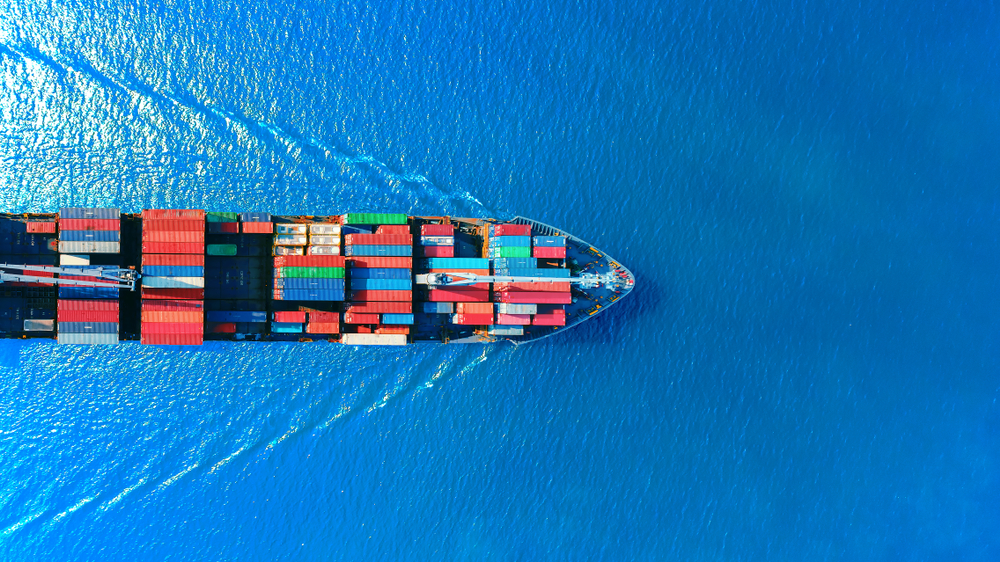Following a one-month pause in implementation, President Trump has imposed 25% tariffs on most Canadian and Mexican imports and raised the charge on China to 20%, affecting roughly $1.5 trillion in annual imports.
Key Highlights:
All recycled material imports from Canada and Mexico are now subject to this emergency border tariff. According to ReMA, because of the one-month pause in the implementation of these tariff measures, there is no “on the water” exemption for goods loaded onto vessels at a port of entry or in transit on final mode of transport.
In terms of retaliation against U.S. exports, the Canadian government announced its first list of retaliatory tariffs of C$30 billion it will impose. While no recycled materials were on this initial retaliation list, it is expected that Canada will swiftly announce further retaliation. In the second round, tariffs at the same rate will be placed on C$125 billion of products after three weeks, a list that will include big-ticket items like cars, trucks, steel, and aluminum.
The Mexican government will announce retaliatory tariffs on Sunday, March 9.
The 10% tariff on all Chinese imports into the U.S. market has now doubled, as the President has imposed an additional 10% tariff, beginning today. This duty is on top of any additional duties imposed on imports of Chinese goods, such as Section 301 tariffs or antidumping/countervailing duties.
The Chinese government said it will impose an additional 15 percent tariff on U.S. chicken, wheat, corn, and cotton products, and an additional 10% tariff on sorghum, soybeans, pork, beef, seafood, fruits, vegetables, and dairy products. These penalties will go into effect March 10.
Additionally, next week, the Trump administration is expected to move forward with a 25% tariff on all steel and aluminum imports from all countries with which it trades, including Canada and Mexico.
More to Come:
Trump has indicated more tariffs are to come, including in April reciprocal tariffs on all U.S. trading
partners that have their own levies or other barriers on American products, as well as sectoral taxes of 25% on cars, semiconductors, and pharmaceuticals. Those tariffs are also poised to be cumulative, in addition to any across-the-board tariff on a particular nation. Trump has also said a 25% tariff is in the works for the European Union and is investigating levies on copper and lumber imports.
Potential Impact:
The tariffs bring American import levies to their highest average level seen since 1943, according to the Budget Lab at Yale. That would lead to as much as $2,000 in additional costs for U.S. households.
Additionally, the Atlanta Fed is now estimating real gross domestic product (GDP) growth for the first quarter of 2025 of -2.8%, a significant drop from the previous estimate of -1.5% reported on February 28th. Real GDP was 2.3% in the fourth quarter of 2024.
In light of economic policy uncertainty and its impact on corporate confidence, combined with a higher- for-longer interest rate environment, Morningstar DBRS said it does not anticipate the kind of substantial rise in M&A hoped for by many market participants to arrive in 2025. Several lenders, including FS KKR, Blackstone, Blue Owl and Barings, told investors recently that M&A activity has fallen short of expectations early in 2025.
As for credit quality, tariffs will likely have an outsized impact on already struggling borrowers, particularly among companies specializing in manufacturing or consumer products. “We expect to see worsening credit conditions for already lower-rated borrowers that have a weaker ability to pass through costs, and for those with significant manufacturing operations with a heavy reliance on importing raw materials and products,” DBRS said.
Prolonged implementation of U.S. tariffs on Canada, Mexico, and the EU will likely have a credit-negative impact, particularly for highly leveraged, lower-rated entities.






